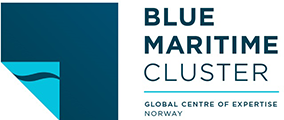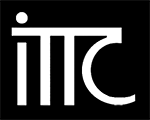Model testing
Our test portfolio includes everything from resistance and seakeeping tests of fish farms and drilling rigs to high speed passenger ferries and Surface Effect Ships (SES). We take pride in being a dynamic towing tank able to adapt our test setup, models and equipment based on our customers needs.
Hull resistance
Hull resistance is determined by doing towing tests at increasing speeds in order to develop a resistance curve for the vessel at the specific condition. The tests are done at one or several displacements or trim angles.
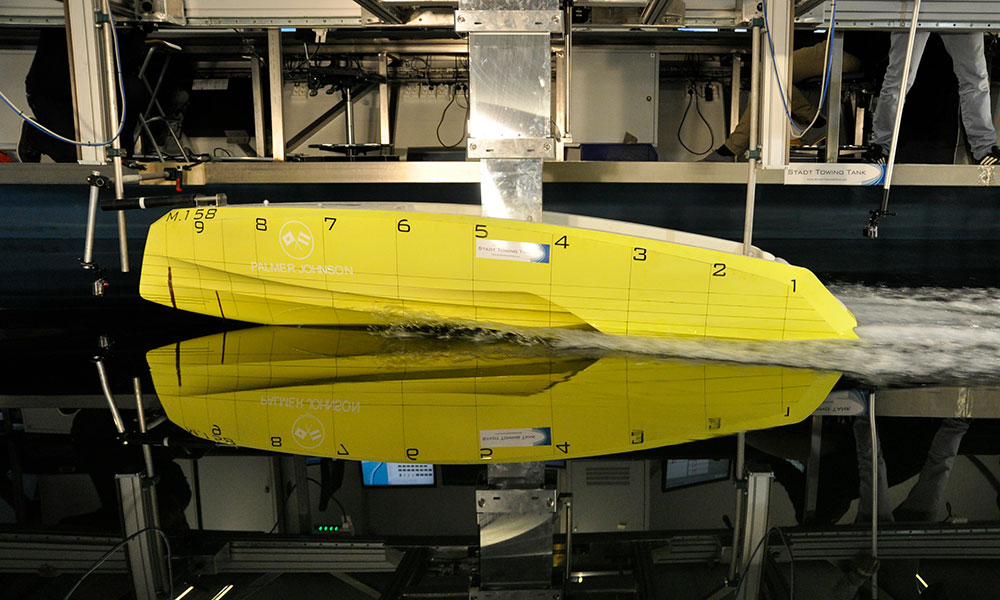
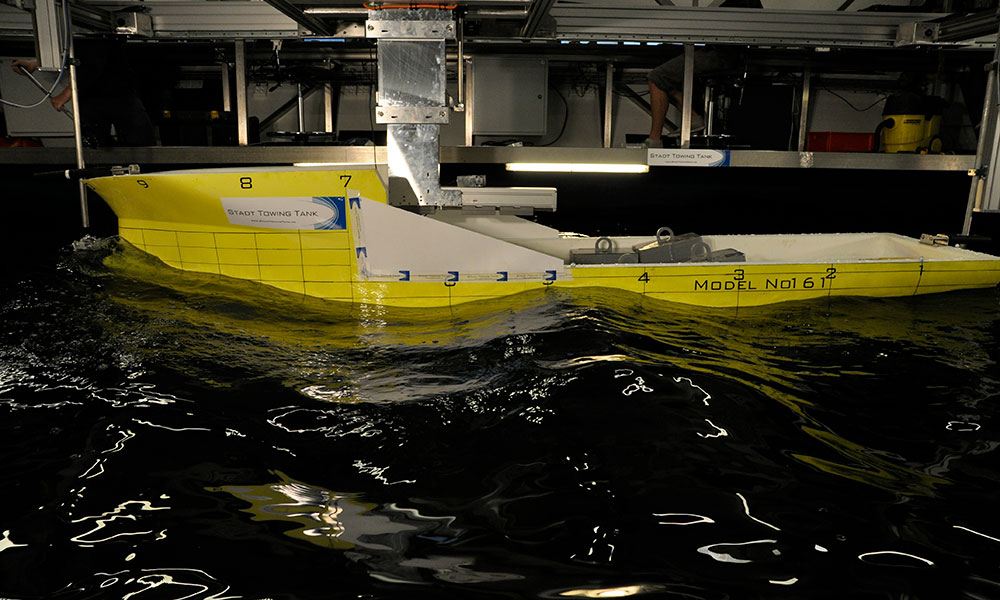

Seakeeping tests
Seakeeping tests are done to evaluate the behaviour of the vessel in waves. Most often head sea tests are done. In the special case were stationary seakeeping capabilities are required, this can be conducted in all headings by rotating the model relative to the incoming waves. The model can be self propelled or spring tethered.
Propulsion
By fitting propulsion units on the model and doing self-propulsion test, an exact prediction of power requirements for the full-scale ship is determined. (The propeller will be working in the correct wake of the hull and hence a more correct prediction is made compared to the resistance test. Resistance test results are necessary for doing the propulsion tests)
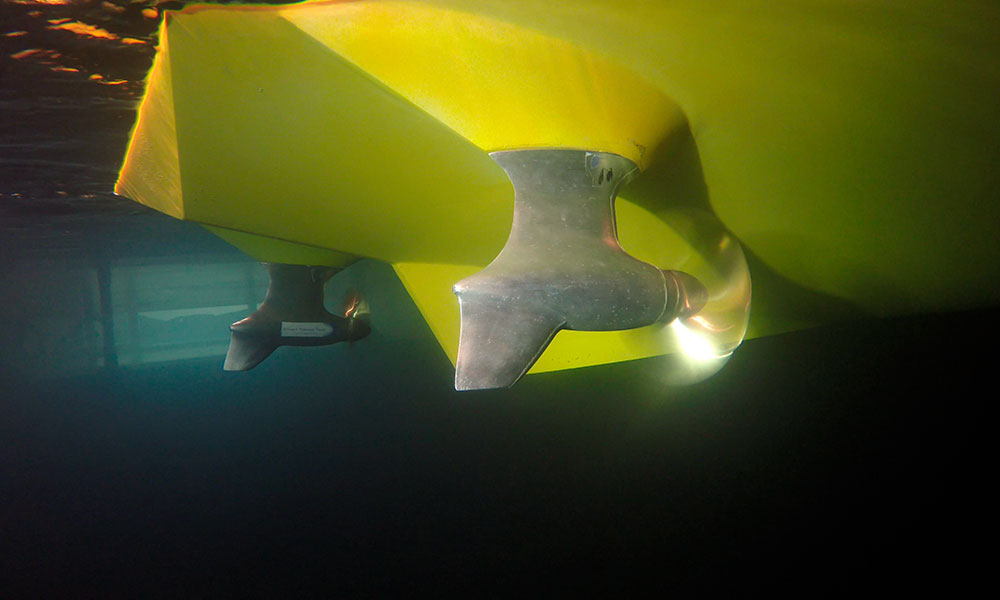

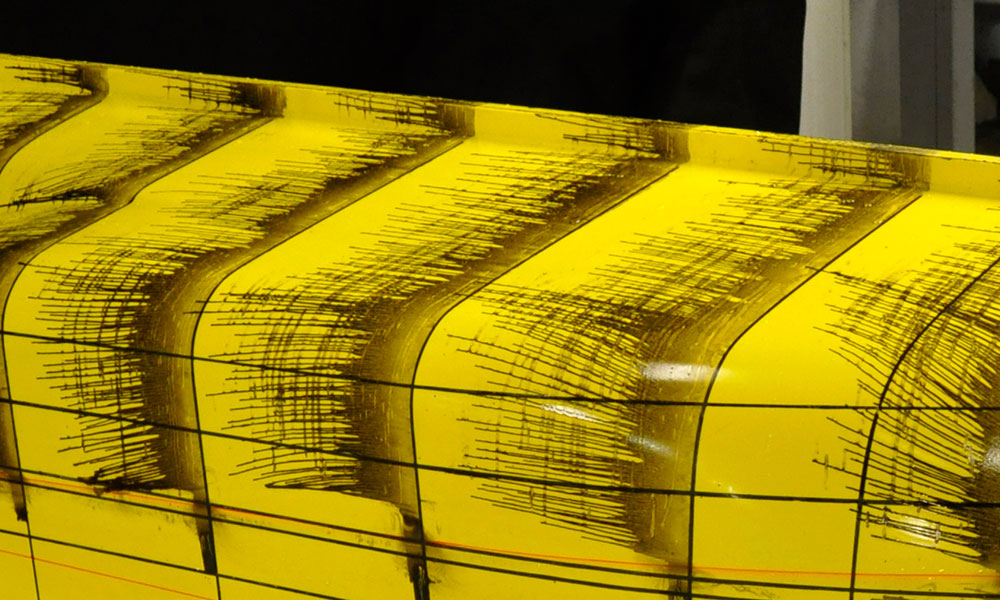

Flow Visualization
Alongside Windfarm
Highly specialized test are needed to determine the abilities of an offshore wind service vessel. Stationary seakeeping tests in all directions, windmill approach tests, bollard push tests towards windmill in sea. By rotating the model relative to the incoming sea all wave headings can be tested.
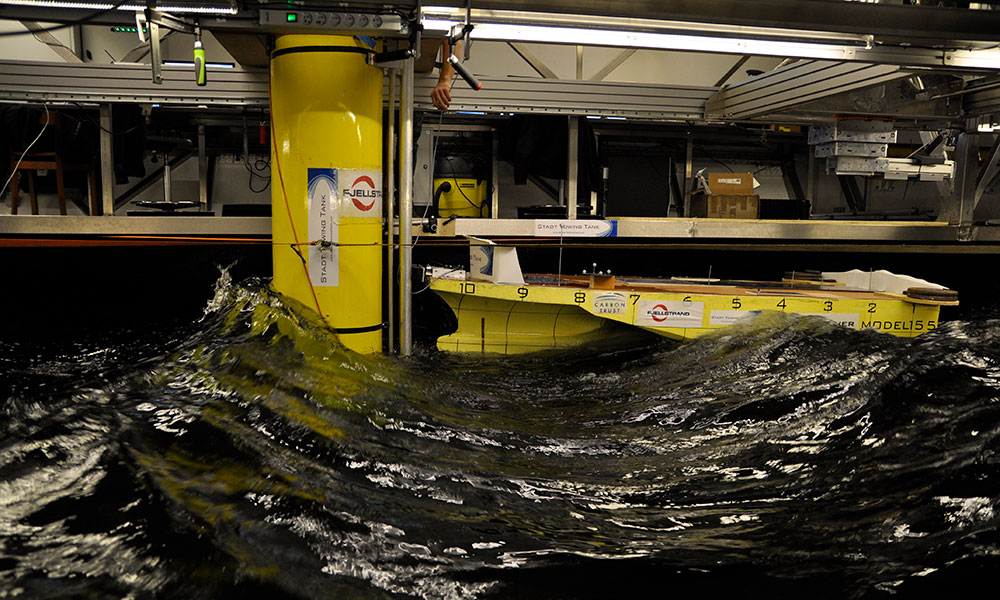



Renewable Energy
For ocean structures the goal is normally to reduce motion, but the when it comes to wave energy system the goal is to increase the motions in order to capture as much as possible of the energy. Examples of renewable energy systems tested and analyzed at STT is floating point absorbers, oscillating water column (OWC) and vertical tidal turbines.
The power take off system (PTO) for renewable energy concepts is important to consider as energy converted from the system will affect and alter the hydrodynamic behavior of the structure being tested.
Fishery, fish farming and seismiq equipment tests
Equipment for the fishing industry, seismic industry and fish farming industry has been tested in the towing tank. Both current and waves can be simulated by using the carriage forward speed combined with waves. Drag of various rope designs can be compared, solutions for reducing drag on ropes can be verified and new concepts for closed fish farms can be evaluated. In the case of rope testing, the tests are performed in full scale, but for larger structures models are built.
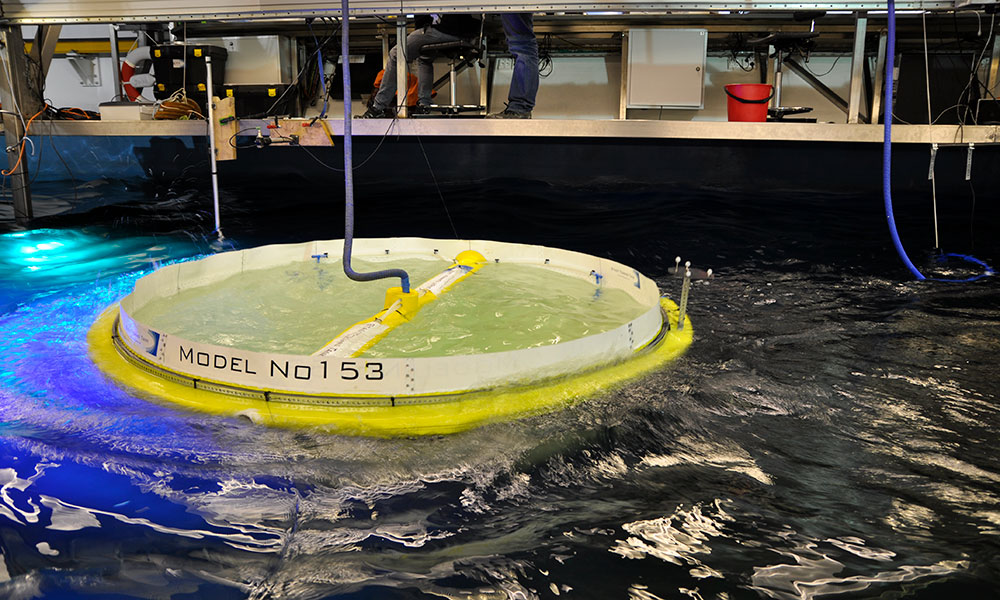



Ocean basin testing
Testing at sea outside our facilites has been conducted to investigate both manouverability of high speed luxury yacths and boarding tests of pilot vessels. We are able to get data with sensors and cameras fitted both on the model and at land.
For wave energy converters or other marine structures, longer exposure in waves and can provide valuable statistics. With close proximity to the sea we aim to measure the weather and wave conditions accurately over time, effectively making the ocean our second wave basin.

